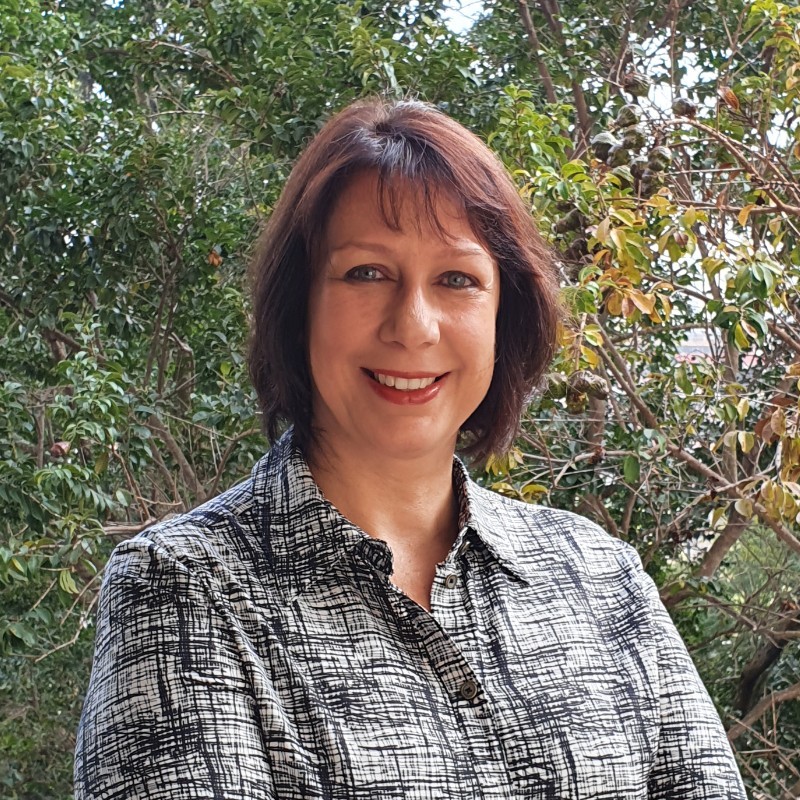Double materiality in sustainability reports
The first writings on Corporate Social Responsibility appeared in the United States in the 1950s, with the publication of the book “Social responsibilities of the businessman”, by Howard Bowen¹. In the following decades, the importance of the theme grew and gained more strength, especially from the 1990s onwards.
If before it was presented almost as an advertising piece, the sustainability report has been gaining consistency over the years. The market began to demand that the document should not only publish the positive results of companies, but also the degree of commitment and maturity of actions related to sensitive topics, such as diversity and the governance of internal and external reporting channels.
Frameworks such as the GRI (Global Reporting Initiative), which was first applied in 2000, and the SASB (Sustainability Accounting Standards Board), created in 2011, brought a systematization to communicate the impact of business on critical issues related to sustainability. The start of the report auditing process contributed to add reliability and transparency to the document. Among the developments, the materiality assessment was established, which identifies the most relevant topics for the company and its stakeholders within the ESG agenda.
Double materiality
ESG reporting has been reaching new heights, with regulatory trends drawing attention to the degree of concreteness of the information required. In terms of climate change, for example, the demands of the SEC (Securities and Exchange Commission) include topics such as the internal pricing of carbon, the description of the expertise (and responsibility) of directors on the subject and the disclosure of information that may affect stock purchase and sale decisions over different time horizons.
Following this same trend, ESG reporting frameworks irreversibly converge towards doble materiality, that is, assessing how sustainability can create risks to the continuity of the company’s business and simultaneously exposing what the company’s impacts are on people and the environment.
It has often taken companies with advanced levels of sustainability reporting maturity 3 to 5 years to structure their materiality process from their stakeholders’ perspective and organise their non-financial information bases. And then comes the wave of doble materiality , with its share of challenges of different kinds.
The trend is for the sustainability report to continue to evolve in consistency and robustness, summarizing the effective result of an ESG and climate strategy that is in line with the business objectives and the impacts caused to society and the environment.
An assessment by CDP (Carbon Disclosure Project) Latin America showed that of the 2.026 organisations responding to the questionnaire on the continent in 2022, 52% have processes in place to identify, evaluate, and respond to climate-related issues, considering their organisation’s climate risks and opportunities in the transition to a Net Zero economy.
How to incorporate sustainability deeply into organizations?
Although the issue is on the agenda of public debate, effectively incorporating sustainability not only into a company’s strategy, but also into its operations, is a major challenge for organizations of all sizes and sectors. According to a 2022 study by IBM, 68% of Brazilian CEOs report having sustainability actions, but only 24% declare integrating these actions throughout the company.
This is a building process. As in any management model, it is necessary to plan and monitor the planned actions, determine people responsible for the processes and monitor indicators at appropriate intervals. This may be monthly or quarterly, but that it must direct the actions in an effective manner.
Another pain for companies on the path of sustainability is to ensure that the investments made in the agenda generate results and impact in the long term. To address this and other needs, technology is an increasingly valued ally.
With the use of robust systems, it is possible to monitor the development of initiatives linked to the different ESG themes, so technology is a critical factor to make it possible to insert sustainability in the areas of the organization. A reference solution to meet these demands is Climas, a GHG and ESG Management software developed by WayCarbon.
Used in companies in 27 countries, Climas has management dashboards that allow leadership visibility, provide navigability between material topics and evaluate the company’s performance through indicators. The software generates value from the strategic to the operational level, bringing productivity and information reliability, in addition to supporting companies in answering the main market questionnaires, such as CDP, GRI, DJSI, among others.
The deadline given to companies, governments and civil society to achieve Net Zero and sustainable development is urgent. Regulation, global standardization, and obligation are key words imbued with the mission of bringing more speed to the execution of the commitments made by organizations. And the systems are tools for constant and safe navigation in this fast world.
[13:44] Flávia RibeiroPlease check below the video with WayCarbon’s Digital Director, Carla Leal. The audio is in Portuguese, but you can activate English subtitles on YouTube.
References
¹ Available in: https://revistas.face.ufmg.br/index.php/contabilidadevistaerevista/article/view/1780
³ Available in: https://www.ibm.com/blogs/ibm-comunica/ceo-study-2022/
⁴Available in: https://www.cdp.net/en/articles/governments/esg-ratings-and-data-products-the-challenges-and-opportunities-for-policymakers








